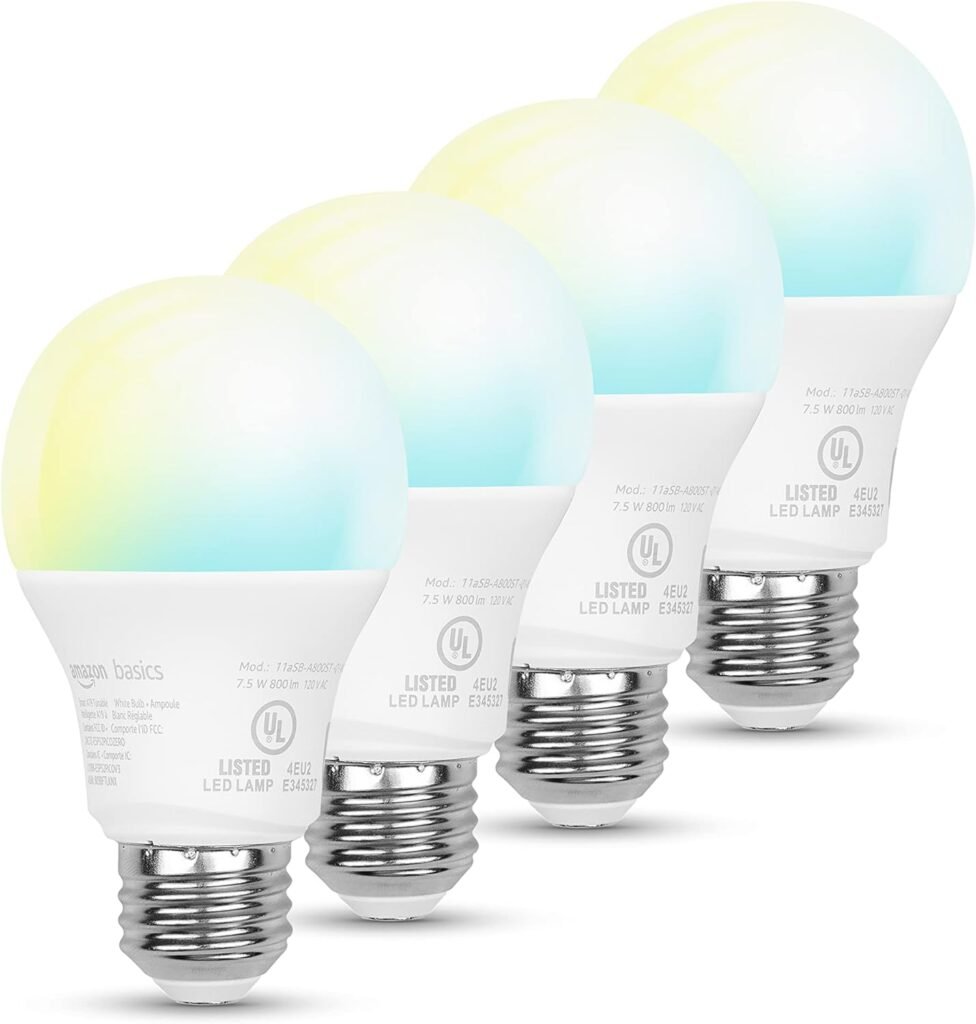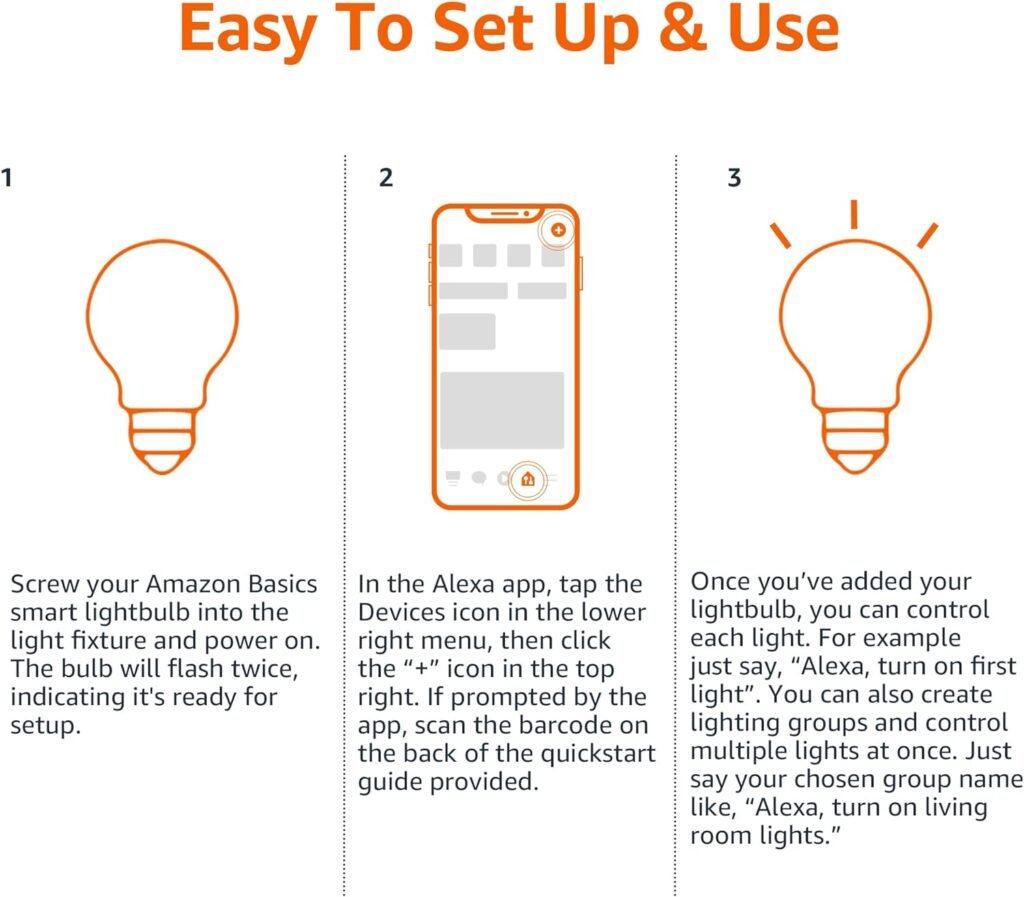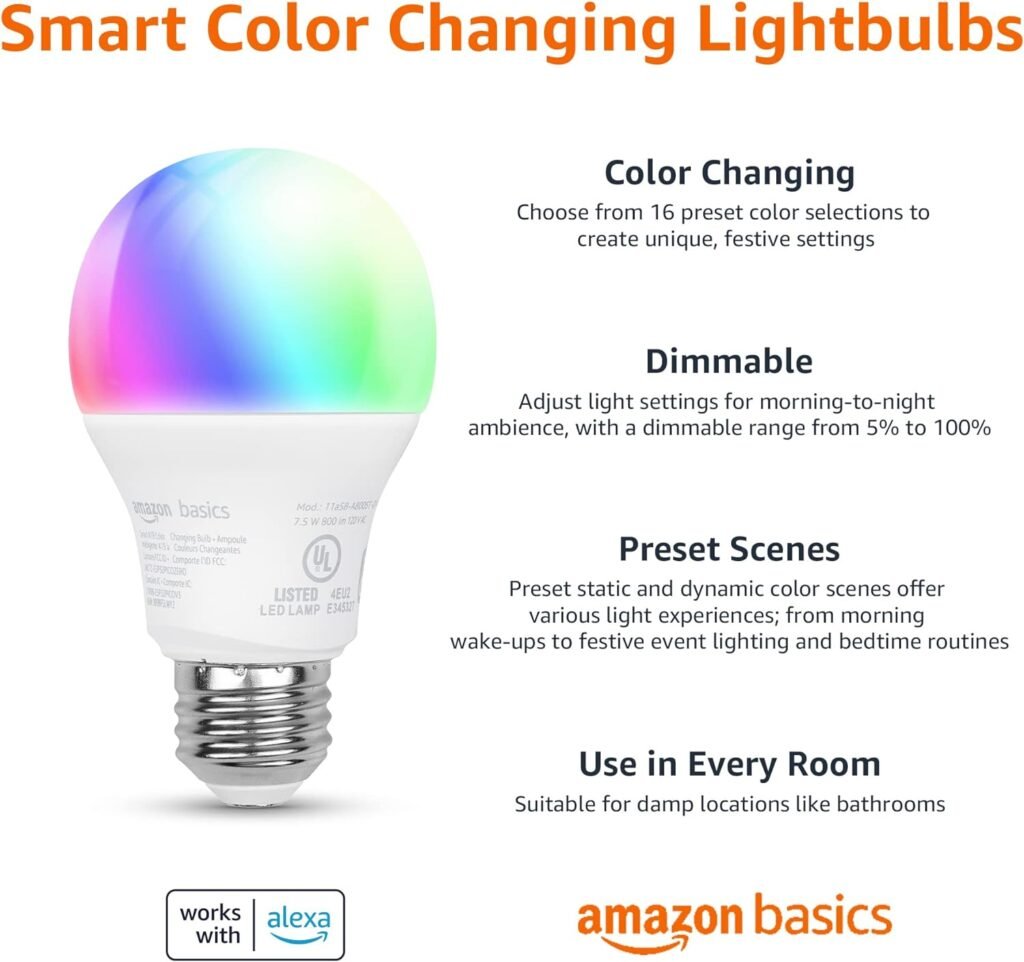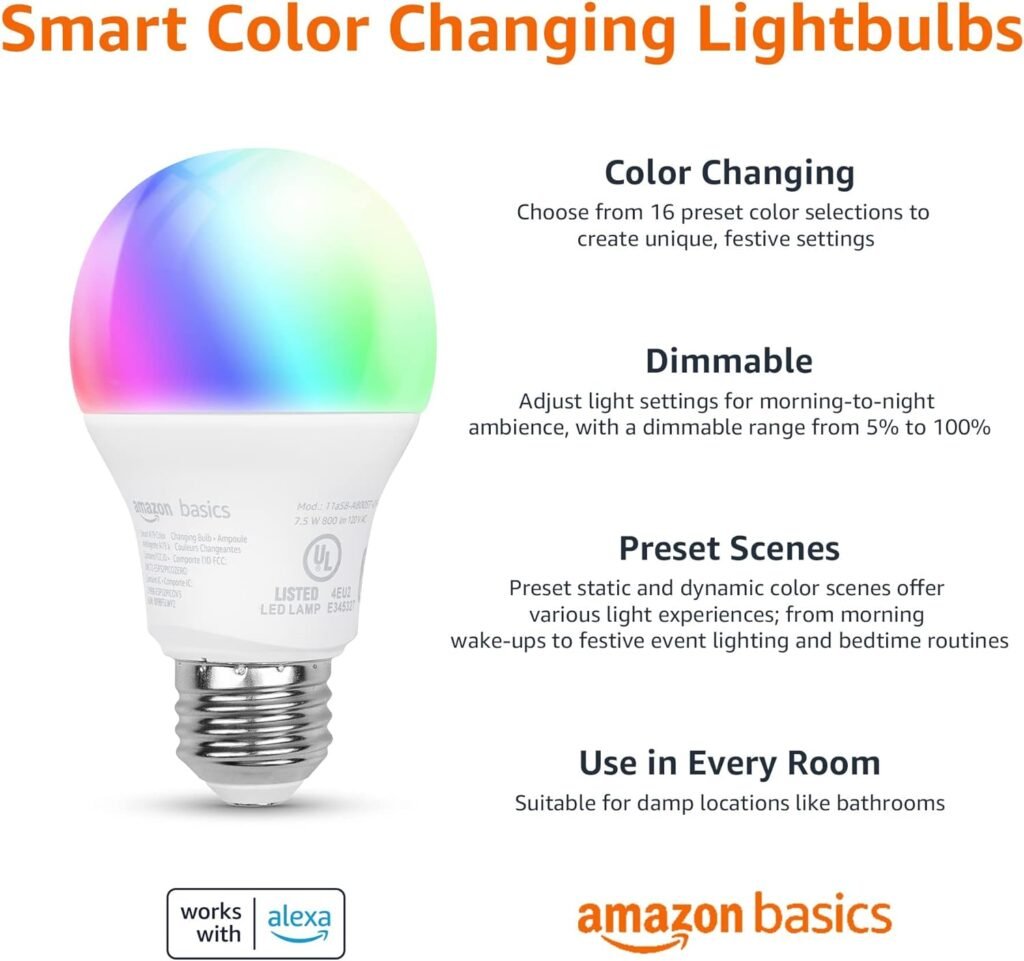Are you tired of constantly fumbling around in the dark trying to find the light switch? Do you often forget to turn off lights when you leave a room, wasting energy and money? If so, it may be time to consider enhancing your home lighting with energy-saving motion sensors. Not only can motion sensor lights help you save on your energy bills, but they can also provide convenience and security to your home.

This image is property of images.pexels.com.
What are Energy-Saving Motion Sensor Lights?
Energy-saving motion sensor lights are fixtures that automatically turn on when they detect movement within their range. These lights use infrared sensors to detect heat signatures from moving objects, such as humans or pets, which triggers the light to turn on. Once the movement stops, the light will automatically turn off after a set amount of time, typically ranging from a few seconds to a few minutes. This efficient operation ensures that lights are only on when needed, saving energy and reducing electricity costs.
How do Energy-Saving Motion Sensor Lights Work?
You may be wondering how these motion sensor lights can accurately detect motion and operate so seamlessly. The technology behind these lights is quite simple yet effective. When an object moves within the detection range of the sensor, the infrared radiation emitted by the object triggers the sensor to send a signal to the light fixture, turning it on. Once the motion stops, the sensor detects the decrease in heat signatures and sends a signal to the light to turn off. This automatic operation makes motion sensor lights a convenient and energy-efficient lighting solution for your home.
Benefits of Using Energy-Saving Motion Sensor Lights
There are numerous benefits to using energy-saving motion sensor lights in your home. Let’s explore some of the key advantages:
Energy Efficiency
One of the most significant benefits of energy-saving motion sensor lights is their energy efficiency. Traditional light fixtures that are manually turned on and off can often be left on for extended periods, wasting energy and driving up electricity bills. With motion sensor lights, the fixtures only illuminate when movement is detected, ensuring that lights are used only when necessary. This energy-saving feature can result in significant cost savings over time.
Convenience
Motion sensor lights provide an added layer of convenience to your home lighting. Instead of fumbling for light switches in the dark or having to remember to turn lights off when leaving a room, motion sensor lights automatically turn on and off based on detected movement. This hands-free operation makes it easier to navigate your home at night and eliminates the need to constantly monitor your lighting usage.
Increased Security
Another benefit of energy-saving motion sensor lights is the added security they provide to your home. Motion sensor lights can deter potential intruders by illuminating dark areas around your property when movement is detected. This extra layer of security can help you feel safer in your home and provide peace of mind knowing that your property is well-lit and monitored.
Extended Bulb Life
Since motion sensor lights are only activated when motion is detected, the bulbs in these fixtures tend to last longer than those in traditional light fixtures. The reduced operating time of the bulbs means less wear and tear, leading to extended bulb life and fewer replacements. This not only saves you money on bulb replacements but also reduces waste and contributes to a more sustainable lighting solution.

This image is property of images.pexels.com.
Types of Energy-Saving Motion Sensor Lights
Energy-saving motion sensor lights come in a variety of types and styles to suit different lighting needs and preferences. Here are some common types of motion sensor lights for you to consider:
Outdoor Motion Sensor Lights
Outdoor motion sensor lights are designed to illuminate the exterior of your home, providing added security and visibility at night. These lights are often installed near entryways, garages, or walkways to deter intruders and help you navigate around your property in the dark. Outdoor motion sensor lights come in a range of styles, from floodlights to wall-mounted fixtures, to suit your outdoor lighting needs.
Indoor Motion Sensor Lights
Indoor motion sensor lights are ideal for spaces where hands-free operation and convenience are important, such as hallways, closets, or bathrooms. These lights can automatically turn on when you enter a room and turn off when you leave, allowing you to move around your home without having to manually control the lighting. Indoor motion sensor lights are available in various shapes and sizes, including ceiling lights, lamps, and under-cabinet fixtures.
Wireless Motion Sensor Lights
Wireless motion sensor lights are easy to install and operate without the need for complex wiring or electrical work. These lights are powered by batteries or rechargeable batteries, making them a flexible lighting solution for any area of your home. Wireless motion sensor lights are suitable for both indoor and outdoor use and can be placed in hard-to-reach or temporary locations where traditional lighting fixtures are not feasible.
Smart Motion Sensor Lights
Smart motion sensor lights are connected devices that can be controlled and monitored remotely using a smartphone or smart home hub. These lights offer advanced features, such as customizable motion detection settings, scheduling options, and integration with other smart home devices. Smart motion sensor lights can enhance your home lighting experience by allowing you to adjust settings, receive alerts, and track energy usage from anywhere.
Installation and Placement Tips for Energy-Saving Motion Sensor Lights
Proper installation and placement of energy-saving motion sensor lights are crucial to maximizing their effectiveness and performance. Here are some tips to help you install and position your motion sensor lights for optimal results:
Choose the Right Location
When installing motion sensor lights, carefully consider the location and placement to ensure that the sensors can detect movement effectively. Choose areas where there is frequent foot traffic or where additional lighting is needed, such as entryways, staircases, or dark corners. Avoid placing motion sensor lights near heat sources, reflective surfaces, or areas with excessive movement, as this can cause false triggers and unnecessary illumination.
Adjust the Detection Range
Most motion sensor lights allow you to adjust the detection range and sensitivity of the sensors to suit your specific needs. Depending on the size of the area you want to illuminate, you can adjust the range to cover a smaller or larger area. Be mindful of any obstructions or obstacles that may interfere with the sensor’s field of view and adjust the settings accordingly to prevent false activations.
Test the Lighting Settings
Before finalizing the installation of your motion sensor lights, test the lighting settings to ensure they meet your requirements. Walk around the detection area to verify that the lights turn on and off as expected when motion is detected. Make any necessary adjustments to the lighting duration, sensitivity, or range to achieve the desired illumination level. Testing the lighting settings beforehand can help you avoid potential issues and fine-tune the performance of your motion sensor lights.
Install Multiple Lights for Complete Coverage
For larger spaces or areas with multiple entry points, consider installing multiple motion sensor lights to provide complete coverage and enhance visibility. By strategically placing lights in different locations, you can ensure that the entire area is well-lit and secured. Linking multiple lights together or using a central control system can also simplify the operation and management of your motion sensor lights for added convenience.

This image is property of images.pexels.com.
Maintenance and Troubleshooting Tips for Energy-Saving Motion Sensor Lights
To ensure that your energy-saving motion sensor lights continue to operate efficiently and reliably, regular maintenance and troubleshooting are essential. Here are some tips to help you maintain and troubleshoot your motion sensor lights:
Keep the Sensors Clean
Dust, dirt, and debris can accumulate on the sensors of motion sensor lights, affecting their performance and accuracy. Regularly clean the sensors with a soft, damp cloth to remove any buildup and ensure proper detection of movement. Avoid using harsh chemicals or abrasive materials that could damage the sensors and compromise their functionality. Keeping the sensors clean can help maintain optimal operation and responsiveness of your motion sensor lights.
Check the Battery Life
If you are using wireless motion sensor lights that are powered by batteries, periodically check the battery life to ensure uninterrupted operation. Replace the batteries as needed or recharge them according to the manufacturer’s recommendations to prevent downtime or malfunctions. Monitoring the battery life of your motion sensor lights can extend their longevity and prevent unexpected outages when you need them the most.
Adjust the Light Settings
Over time, environmental factors, changes in lighting conditions, or wear and tear may require you to readjust the lighting settings of your motion sensor lights. Periodically review and fine-tune the settings, such as the sensitivity, duration, or range, to maintain optimal performance and energy efficiency. Keep track of any changes in the lighting patterns or behaviors of the lights and make adjustments as necessary to ensure consistent operation.
Address Common Issues Promptly
If you encounter any issues with your energy-saving motion sensor lights, such as flickering lights, false activations, or malfunctioning sensors, it is important to address them promptly to avoid further damage or performance issues. Refer to the manufacturer’s instructions or troubleshooting guide to identify the root cause of the problem and follow recommended solutions or troubleshooting steps. Seeking professional assistance or contacting customer support can help resolve complex issues and ensure that your motion sensor lights are functioning properly.
Cost-Saving Benefits of Energy-Saving Motion Sensor Lights
Investing in energy-saving motion sensor lights can result in several cost-saving benefits that can help you offset the initial purchase and installation costs. Here are some ways that energy-saving motion sensor lights can help you save money over time:
Reduced Energy Consumption
By using energy-saving motion sensor lights, you can significantly reduce your overall energy consumption and lower your electricity bills. The efficient operation of motion sensor lights ensures that lights are only on when needed, minimizing wasted energy and unnecessary usage. Over time, these energy savings can add up and lead to noticeable reductions in your energy costs, making motion sensor lights a cost-effective lighting solution for your home.
Extended Bulb Life
The extended bulb life of energy-saving motion sensor lights can help you save money on replacement bulbs and maintenance costs. Since the lights are only activated when motion is detected, the bulbs tend to last longer and require fewer replacements compared to traditional light fixtures. This reduced maintenance can result in long-term savings and fewer expenses associated with purchasing and installing new bulbs, contributing to a more economical lighting solution.
Lower Maintenance Costs
Energy-saving motion sensor lights require minimal maintenance and upkeep, reducing the overall maintenance costs associated with your home lighting system. With fewer components to monitor and maintain, such as switches, timers, or manual controls, motion sensor lights offer a hassle-free lighting solution that requires less frequent attention and intervention. This lower maintenance requirement can save you time, effort, and money in the long run, making motion sensor lights a cost-efficient and low-maintenance lighting option for your home.
Increased Property Value
Installing energy-saving motion sensor lights can enhance the value and appeal of your property, which can translate into higher resale or rental value. Energy-efficient features, such as motion sensor lights, are attractive to prospective buyers or tenants looking for sustainable and eco-friendly amenities in a home. By investing in energy-saving lighting solutions, you can increase the overall value of your property and potentially recoup the initial costs through improved property value and marketability.
Conclusion
In conclusion, energy-saving motion sensor lights offer a practical and efficient lighting solution for your home that can help you save on energy bills, enhance convenience, and improve security. By understanding how motion sensor lights work, the benefits they provide, the different types available, and installation and maintenance tips, you can make an informed decision to enhance your home lighting with energy-saving motion sensors. Whether you are looking to increase energy efficiency, add convenience, or boost security, energy-saving motion sensor lights are a versatile and cost-effective lighting option that can benefit your home in multiple ways. Consider incorporating motion sensor lights into your home lighting system to enjoy the many advantages they offer and experience a well-lit, energy-efficient, and secure living environment.














































